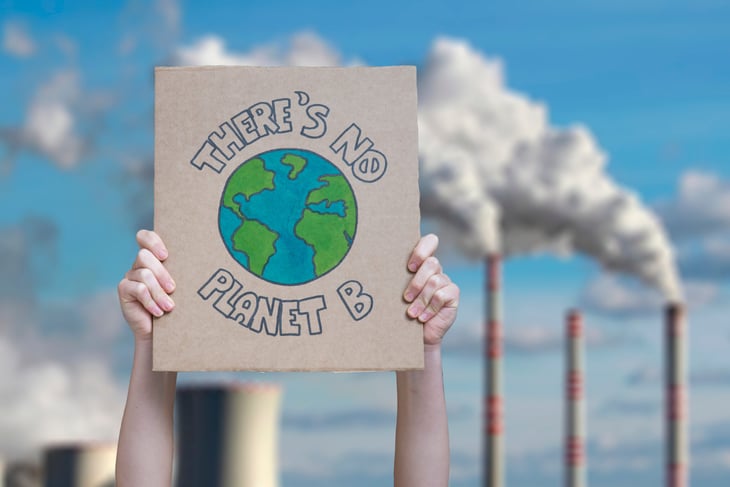
As the climate changes, no one can say for sure what the impact will be on America’s biggest cities. But a new report suggests that a handful of places will take the brunt of Mother Nature’s wrath.
Recently, Moody’s Analytics issued a report that names the U.S. cities most likely to experience negative climate impacts according to a pair of risk categories:
- Long-term exposure to drought, extreme heat and sea-level rise
- Short-term exposure to hurricanes, wildfires and floods
Following are the cities most at risk from the impact of climate change.
10. North Port, Florida
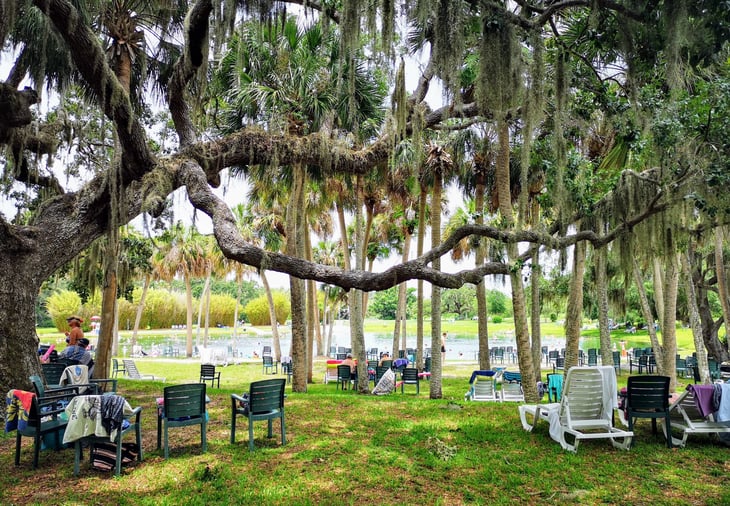
North Port recently felt the full power of nature’s fury when Hurricane Ian slammed into that area of Florida’s western coast and churned up both wind damage and flooding.
As the planet warms, more trouble could be in store for the region.
9. West Palm Beach, Florida
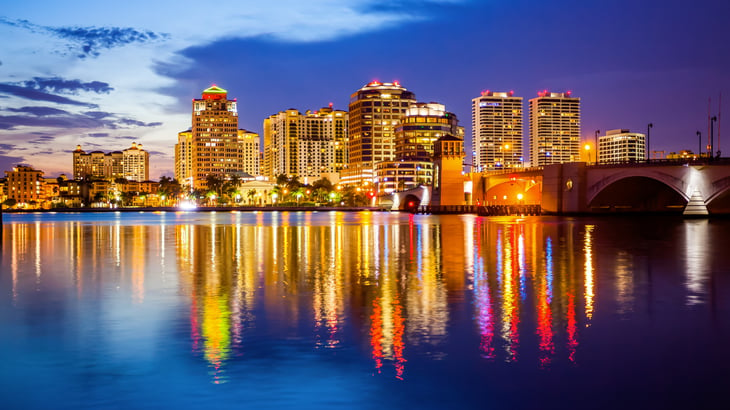
The risk from climate change is also high on Florida’s opposite coast, and not just from sea-level rise.
Reports suggest that nighttime temperatures in West Palm Beach already have increased 5 degrees in the past decade, at least in part due to more absorbed heat from parking lots, roads and buildings.
8. Wilmington, Delaware
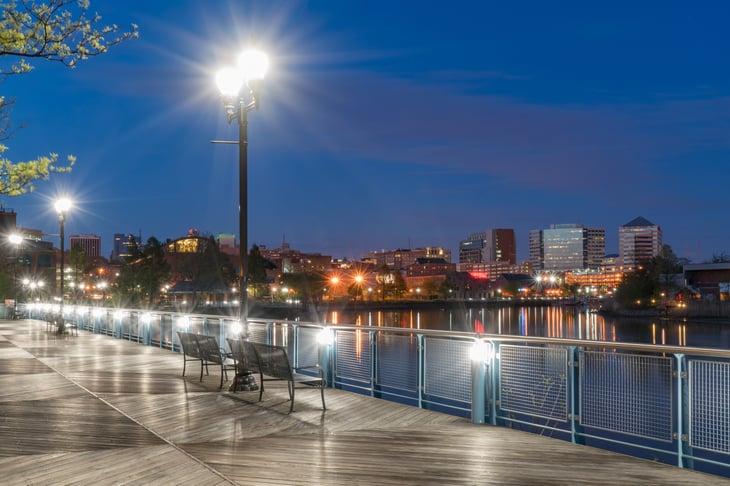
The Delaware Department of Natural Resources and Environmental Control’s Coastal Program has projected a sea-level rise of 1.7 to 5 feet in Wilmington by the year 2100, which could result in increased flooding.
7. Tucson, Arizona
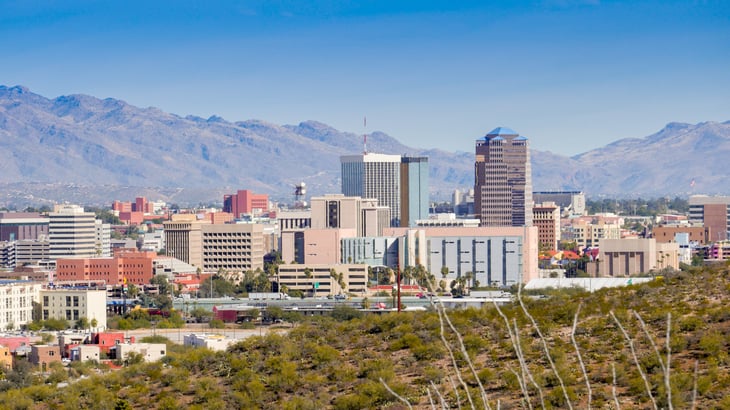
Between 1985 and 2005, Tucson averaged about seven days above 106.2 degrees Fahrenheit annually, according to ClimateCheck.
By 2050, that number is expected to jump to 41 days per year.
6. Phoenix
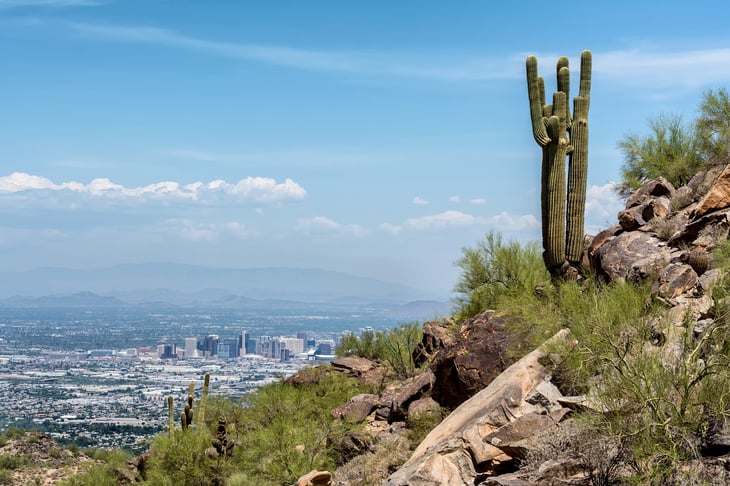
Think it’s hot in Phoenix now? By 2100, daily summer temperatures could reach a sweltering 114 degrees, according to some estimates.
5. Oakland, California
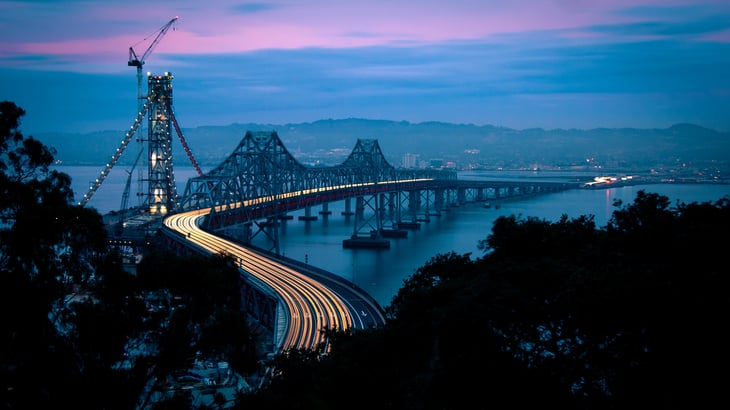
At its website, the City of Oakland lays out the stark reality facing its citizens:
“Even if Oakland’s contribution to the climate crisis ended tomorrow, our city would still be impacted by climate change. Carbon in the atmosphere will continue to influence sea level rise, wildfires, and other threats.”
4. Long Island, New York
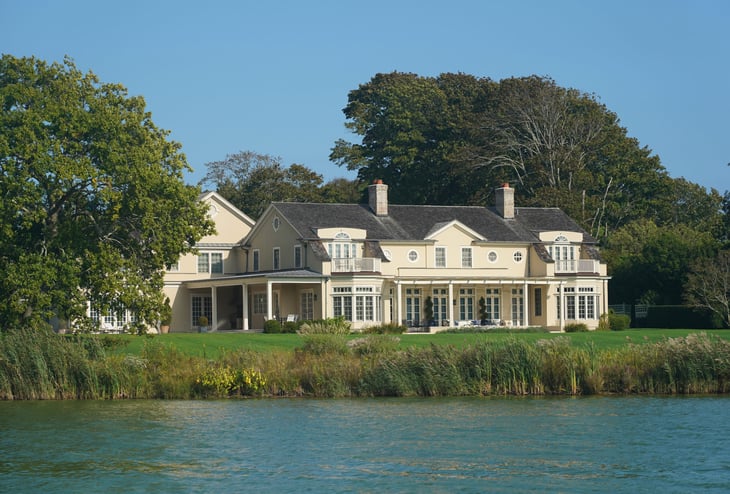
Part of the beauty of Long Island is that it is surrounded by water. But that fact also puts the area in danger, especially as sea levels rise.
3. New York City
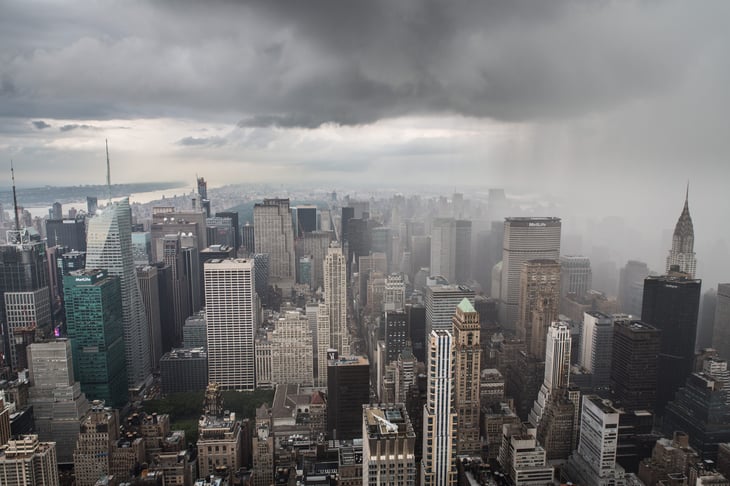
Statewide temperatures in New York state have warmed by 3 degrees Fahrenheit since 1970, according to the state’s Department of Environmental Conservation.
With a projected rise of another 3 degrees by 2080, the worst impacts of climate change on the Big Apple and other parts of New York might be yet to come.
2. Cape Coral, Florida
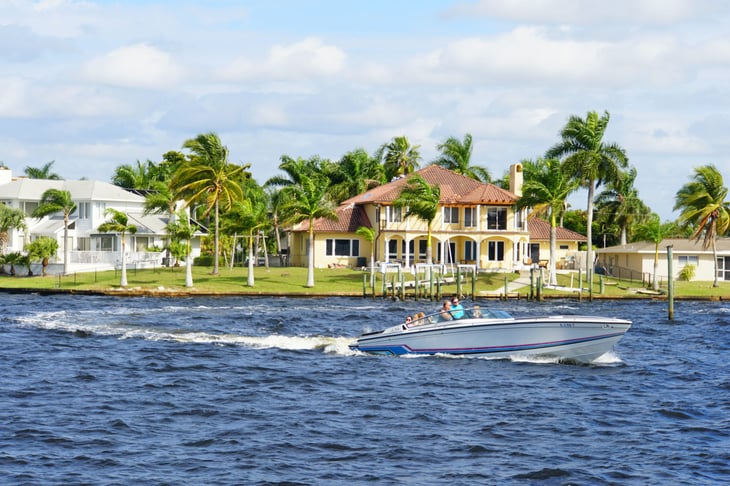
Around 99% of buildings in Cape Coral are exposed to a risk of flooding, according to ClimateCheck. In addition, about 22% of buildings are at significant risk of wildfire in the southwest Florida city.
Climate change could exacerbate both of these risks.
1. San Francisco

As in neighboring Oakland, government leaders pull no punches when describing the future of San Francisco. According to California’s Fourth Climate Change Assessment:
“Nearly every aspect of Bay-Delta ecosystems will be affected by climate change as a result of rising sea levels, increases in air temperatures, changes in precipitation, changes in sediment supply and more. All natural areas of the shore will need to adapt or transform.”
